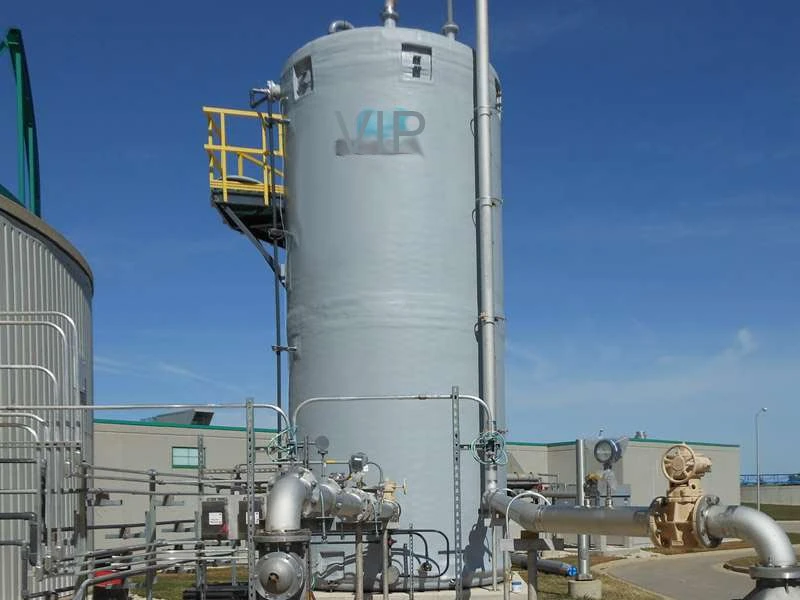
-
 Afrikaans
Afrikaans -
 Albanian
Albanian -
 Amharic
Amharic -
 Arabic
Arabic -
 Armenian
Armenian -
 Azerbaijani
Azerbaijani -
 Basque
Basque -
 Belarusian
Belarusian -
 Bengali
Bengali -
 Bosnian
Bosnian -
 Bulgarian
Bulgarian -
 Catalan
Catalan -
 Cebuano
Cebuano -
 China
China -
 China (Taiwan)
China (Taiwan) -
 Corsican
Corsican -
 Croatian
Croatian -
 Czech
Czech -
 Danish
Danish -
 Dutch
Dutch -
 English
English -
 Esperanto
Esperanto -
 Estonian
Estonian -
 Finnish
Finnish -
 French
French -
 Frisian
Frisian -
 Galician
Galician -
 Georgian
Georgian -
 German
German -
 Greek
Greek -
 Gujarati
Gujarati -
 Haitian Creole
Haitian Creole -
 hausa
hausa -
 hawaiian
hawaiian -
 Hebrew
Hebrew -
 Hindi
Hindi -
 Miao
Miao -
 Hungarian
Hungarian -
 Icelandic
Icelandic -
 igbo
igbo -
 Indonesian
Indonesian -
 irish
irish -
 Italian
Italian -
 Japanese
Japanese -
 Javanese
Javanese -
 Kannada
Kannada -
 kazakh
kazakh -
 Khmer
Khmer -
 Rwandese
Rwandese -
 Korean
Korean -
 Kurdish
Kurdish -
 Kyrgyz
Kyrgyz -
 Lao
Lao -
 Latin
Latin -
 Latvian
Latvian -
 Lithuanian
Lithuanian -
 Luxembourgish
Luxembourgish -
 Macedonian
Macedonian -
 Malgashi
Malgashi -
 Malay
Malay -
 Malayalam
Malayalam -
 Maltese
Maltese -
 Maori
Maori -
 Marathi
Marathi -
 Mongolian
Mongolian -
 Myanmar
Myanmar -
 Nepali
Nepali -
 Norwegian
Norwegian -
 Norwegian
Norwegian -
 Occitan
Occitan -
 Pashto
Pashto -
 Persian
Persian -
 Polish
Polish -
 Portuguese
Portuguese -
 Punjabi
Punjabi -
 Romanian
Romanian -
 Russian
Russian -
 Samoan
Samoan -
 Scottish Gaelic
Scottish Gaelic -
 Serbian
Serbian -
 Sesotho
Sesotho -
 Shona
Shona -
 Sindhi
Sindhi -
 Sinhala
Sinhala -
 Slovak
Slovak -
 Slovenian
Slovenian -
 Somali
Somali -
 Spanish
Spanish -
 Sundanese
Sundanese -
 Swahili
Swahili -
 Swedish
Swedish -
 Tagalog
Tagalog -
 Tajik
Tajik -
 Tamil
Tamil -
 Tatar
Tatar -
 Telugu
Telugu -
 Thai
Thai -
 Turkish
Turkish -
 Turkmen
Turkmen -
 Ukrainian
Ukrainian -
 Urdu
Urdu -
 Uighur
Uighur -
 Uzbek
Uzbek -
 Vietnamese
Vietnamese -
 Welsh
Welsh -
 Bantu
Bantu -
 Yiddish
Yiddish -
 Yoruba
Yoruba -
 Zulu
Zulu
Fiberglass Mixing Tank for Efficient Agitation and Liquid Processing Solutions
Understanding Fiberglass Agitating Tanks Key Benefits and Applications
In the realm of industrial processes, fiberglass agitating tanks have emerged as a cornerstone in the handling and mixing of various materials. These tanks are essential in industries such as chemical processing, food and beverage, pharmaceuticals, and wastewater treatment. Their unique composition, durability, and versatility make them an excellent choice for many applications.
What is a Fiberglass Agitating Tank?
A fiberglass agitating tank is a vessel made from fiberglass reinforced plastic (FRP) that is designed for mixing, agitating, and storing different types of liquids or slurries. The combination of fiberglass and resin gives these tanks exceptional strength while remaining lightweight. This construction allows for a great degree of flexibility in design and application, catering to a broad spectrum of industrial needs.
Key Characteristics
One of the most significant advantages of fiberglass agitating tanks is their resistance to corrosion. Unlike metal tanks, fiberglass does not rust or corrode when exposed to harsh chemicals, making them ideal for storing and processing corrosive substances. Furthermore, fiberglass tanks can handle a wide range of temperatures, which is essential in processes that involve heat-sensitive materials.
Another characteristic is their low maintenance requirement. The seamless construction of fiberglass tanks reduces the likelihood of leaks and requires less frequent repairs and replacements. This not only results in cost savings but also enhances the longevity of the equipment.
Advantages of Using Fiberglass Agitating Tanks
1. Durability Fiberglass tanks can withstand various environmental factors such as UV radiation, moisture, and extreme temperatures, making them suitable for both indoor and outdoor use.
2. Customizability Fiberglass agitating tanks can be manufactured in various sizes and shapes to meet specific application requirements. This flexibility allows for better integration into existing production lines.
fiberglass agitating tank

3. Weight The lightweight nature of fiberglass makes installation and transportation more manageable compared to traditional materials like metal or concrete. This aspect can lead to reduced shipping costs and easier handling on site.
4. Efficiency The design of agitating tanks often incorporates advanced mixing technologies that ensure uniform mixing of contents, minimizing production time and optimizing processes.
5. Environmental Impact Many fiberglass materials are recyclable and have a lesser environmental impact compared to metals. Additionally, the ability to withstand corrosive materials reduces the risk of leaks that can harm the environment.
Applications in Various Industries
1. Chemical Processing Fiberglass agitating tanks are extensively used in chemical manufacturing for mixing and storing raw materials, intermediates, and finished products. Their resistance to chemicals ensures a safe processing environment.
2. Food and Beverage In the food industry, hygiene and safety are paramount. Fiberglass tanks meet stringent food safety standards, making them ideal for storing sauces, syrups, and beverages.
3. Pharmaceuticals The pharmaceutical industry relies heavily on precision and contamination-free environments. Fiberglass tanks provide the required durability and safety for mixing and storing drug formulations.
4. Wastewater Treatment Fiberglass agitating tanks play a crucial role in wastewater treatment processes. They are used to mix chemical agents with sewage or waste to facilitate the breakdown of contaminants.
Conclusion
Fiberglass agitating tanks represent a significant advancement in industrial storage and mixing solutions. Their unique properties, including durability, corrosion resistance, and customizability, make them a preferred choice across various industries. As businesses continue to evolve and demand more efficient and sustainable solutions, fiberglass agitating tanks will undoubtedly play a pivotal role in the future of manufacturing, processing, and environmental management.









